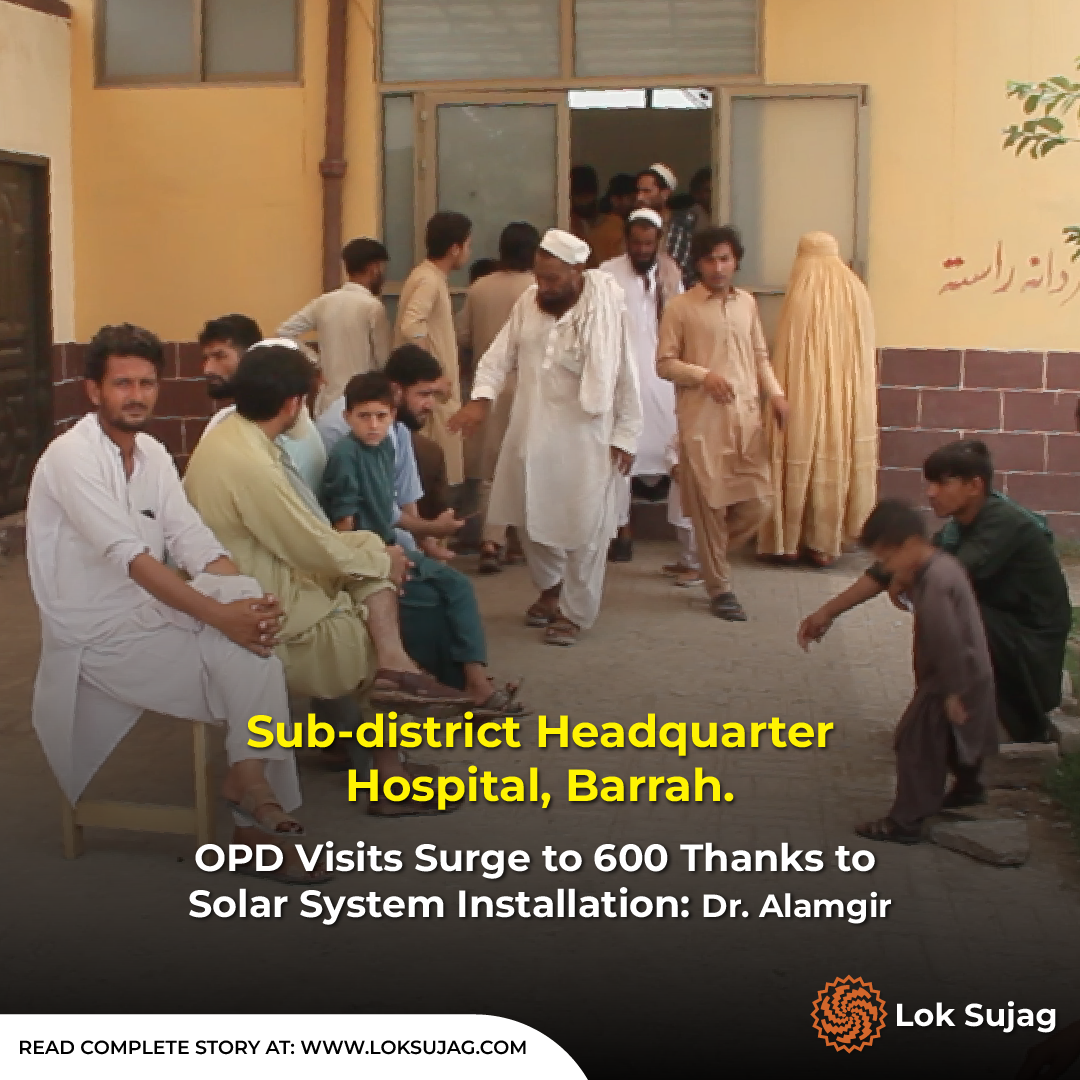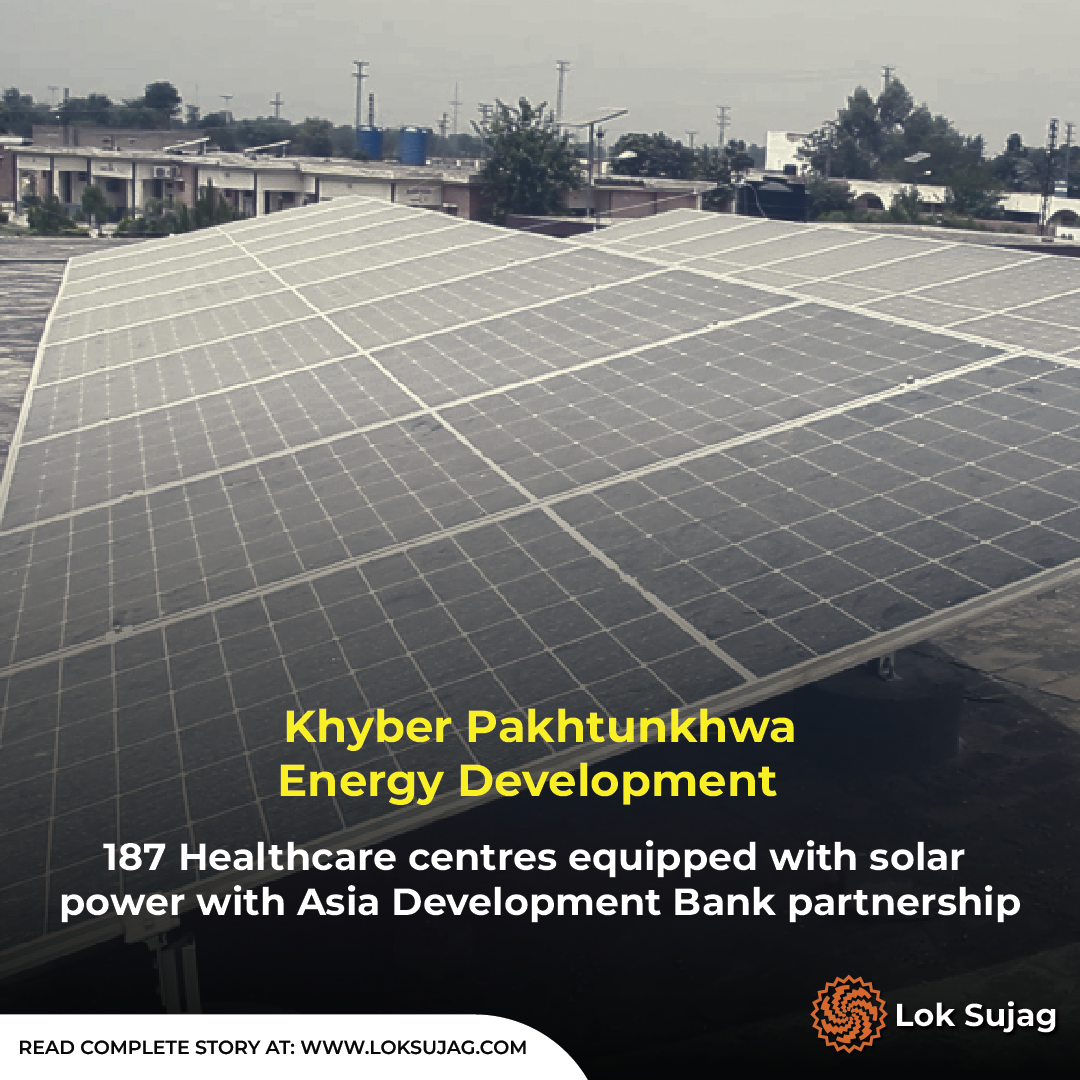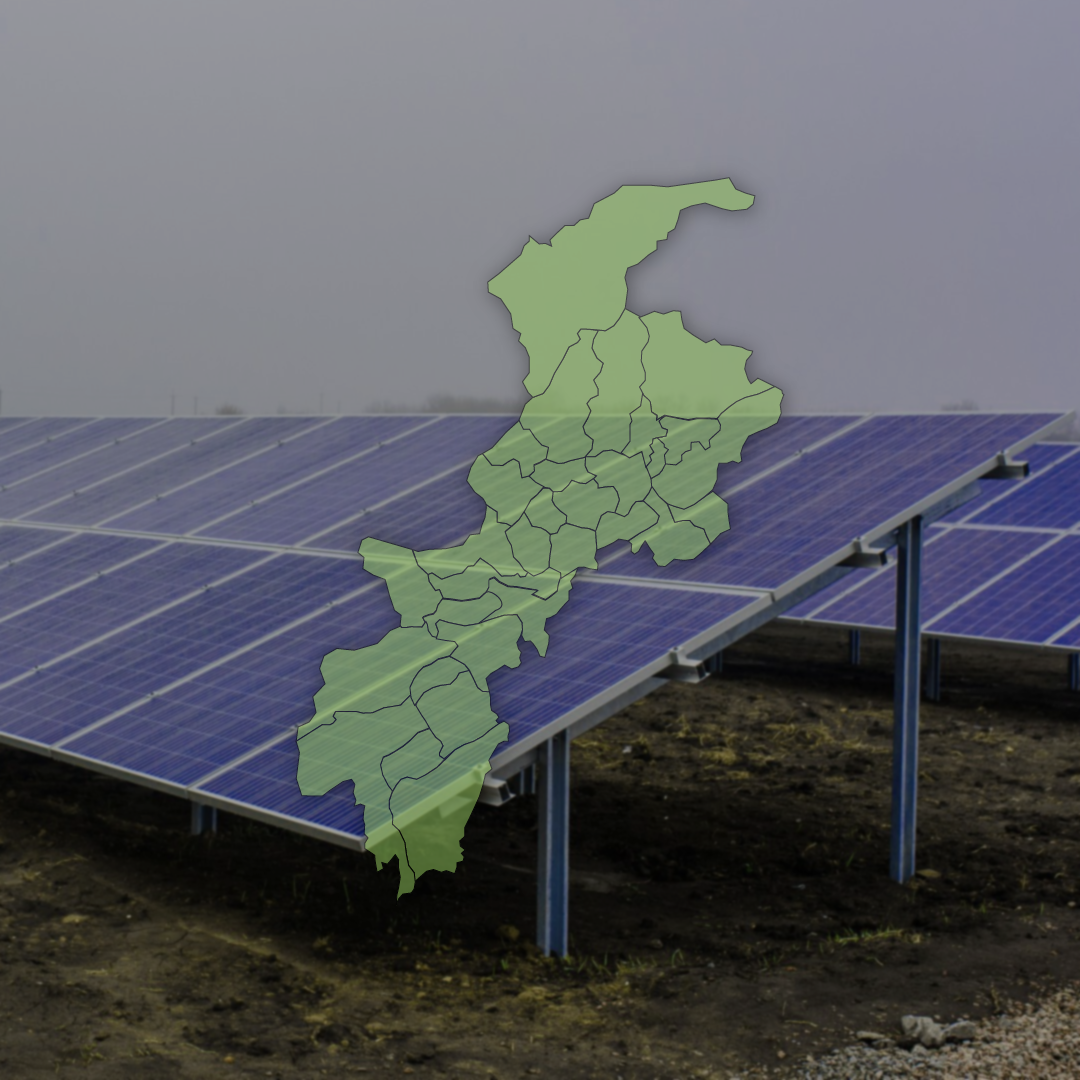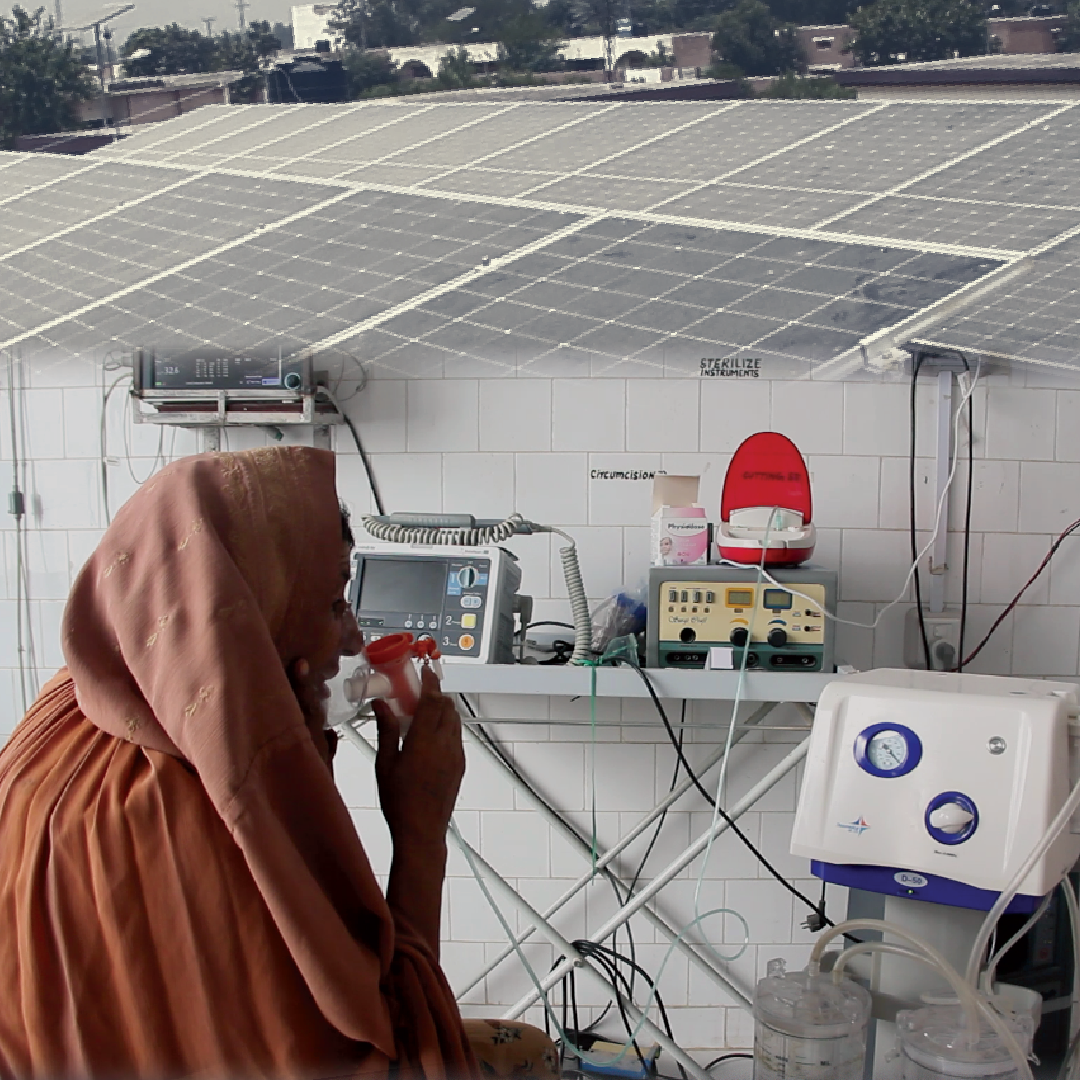Muhammad Usman rushes to the doctor while holding an X-ray image file at Tehsil Headquarters Hospital Dogra (Bara). His seven-year-old nephew, Asad Khan, got injured in a motorcycle accident and he took him to the hospital. He had an X-ray test done at the same hospital as the doctors had suggested.
Usman often visits this hospital for treatment as it is in the vicinity of his village.
“Initially, he had to travel four kilometres to Bara Bazaar even for minor tests due to the lack of electricity. It would not only waste a lot of time and money but was also challenging for the patient.”
Usman says patients don't need to go anywhere as most tests and X-rays are done at the THQ hospital after the solar energy system was installed there.
According to the documents provided by the Tribal Area Electric Supply Company (Tesco), the merged districts of Khyber Pakhtunkhwa, Bajaur, Mohmand, Khyber, Orakzai, Kurram, North and South Waziristan and former six frontier regions (FR) require 1,245MW electricity.
However, Tesco claims these areas get 937MW of electricity of which 780MW is supplied to domestic consumers, 137MW to industry and 20MW to commercial areas. Hence, TESCO is facing a total shortfall of 308 MW.
The domestic consumers in tribal districts get two to four hours of free electricity while the industrial and commercial sectors get more than 20 hours per day on bill payments.

Besides the primary health centres in Khyber district, a district headquarters hospital (DHQ) has been established at Landi Kotal while two THQ hospitals are functioning at Jamrud and Bara.
In the DHQ Landi Kotal, electricity is available only for 10 to 12 hours and the solar system is also defective. The partial availability of electricity has affected some departments of the hospital whereas the blood bank is also non-functional.
THQ Jamrud gets electricity for about 22 hours per day from the express line. The old solar system of this hospital was damaged due to which there is installation of separate systems for the emergency, laboratory and labour rooms.
Although THQ Hospital Dogra (Bara) is located at a distance of 15km from Peshawar and only four kilometres from Bara Bazaar, it has electricity for four or sometimes two hours a day. Sometimes, the feeder is shut for the whole day but now there is a new 90kW solar system there.
A military operation against unrest in Khyber Agency began in September 2009, leaving thousands of families homeless. However, the government and non-governmental aid agencies started restoring basic facilities in the area on the return of IDPs (internally displaced persons) in 2015.
With financial support of the USAID, besides other initiatives, a 72 kW solar system costing between Rs30m to Rs40m was installed at the THQ Hospital Bara and handed over to the hospital administration in 2018. However, this solar system could not provide electricity to the hospital. The hospital administration constantly reminded the aid agency and the consultant concerned but there was no response.

Dr Alamgir, the in-charge of THQ Hospital Bara, says that the hospital receives electricity from a nearby factory. When this factory was closed, the hospital was deprived of electricity for several days, which dropped the average number of OPD patients to 30 per day.
“People used to complain that their tests, X-rays and surgeries were not done at the hospital and the doctors would send them to private laboratories and government hospitals in Peshawar.”
Fazalur Rehman, a laboratory technician, recalls the troubles caused by a delay in tests or when patients’ families were asked to go to a private laboratory. He said the situation would often result in conflicts.
Dr Alamgir says that with the efforts of the Khyber Health Department and elected representatives, the World Bank technical delegations made several visits to the hospital after which it was decided to upgrade the solar system here.
“After spending Rs15m, the hospital’s solar system was upgraded from 72kW to 90kW. Now each department has separate inverters to avoid future problems.”
According to him, all the departments of the hospital are running on solar energy while X-rays and diagnostic tests of the patients are performed at the government laboratory and the results are also available on time. The OPD is now gradually improving with visits of 600 patients daily.
Thirty-year-old Sabir Khan, a resident of Bara, came to the THQ Hospital for treatment. He says that he was ill for some days and his friends advised him to get treatment in this hospital.
Also Read

Khyber Pakhtunkhwa: What’s Behind Delay in Tribal Districts Commercial Centres and Solar Mini-Grid Project?
“Earlier we faced many hurdles as the patients had to go all the way to Bara Bazaar. But today I was quickly examined and tests were done timely.”
Asfandyar Khan, the project director of the Khyber Pakhtunkhwa Energy Development Organisation (PEDO), says 187 primary health centres have got solar energy with the financial support of the Asian Development Bank (ADB); however, they do not include the centres of the recently merged tribal districts where there is more power loadshedding than the rest of the province.
He says 3,500 mosques in the merged tribal districts and 6,440 mosques in the rest of the province are getting solar energy.
“The provincial government has decided to provide solar power to 1,500 religious schools in Khyber Pakhtunkhwa, including 500 in tribal districts. However, first, the information will be collected from the Auqaf Department and then the confirmation of the Ministry of Interior will lead towards the commencement of the project.”
Published on 11 Jul 2024




















